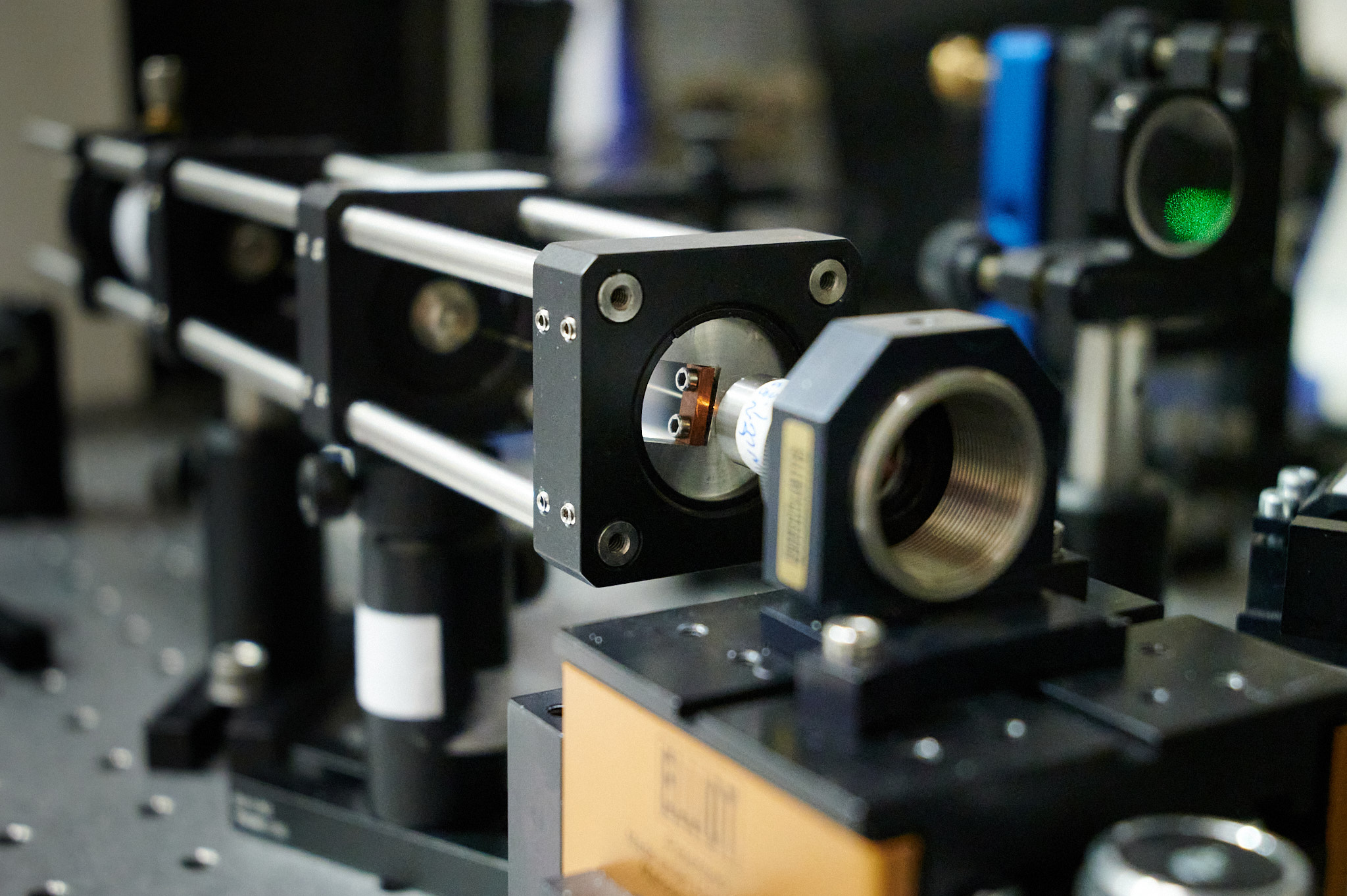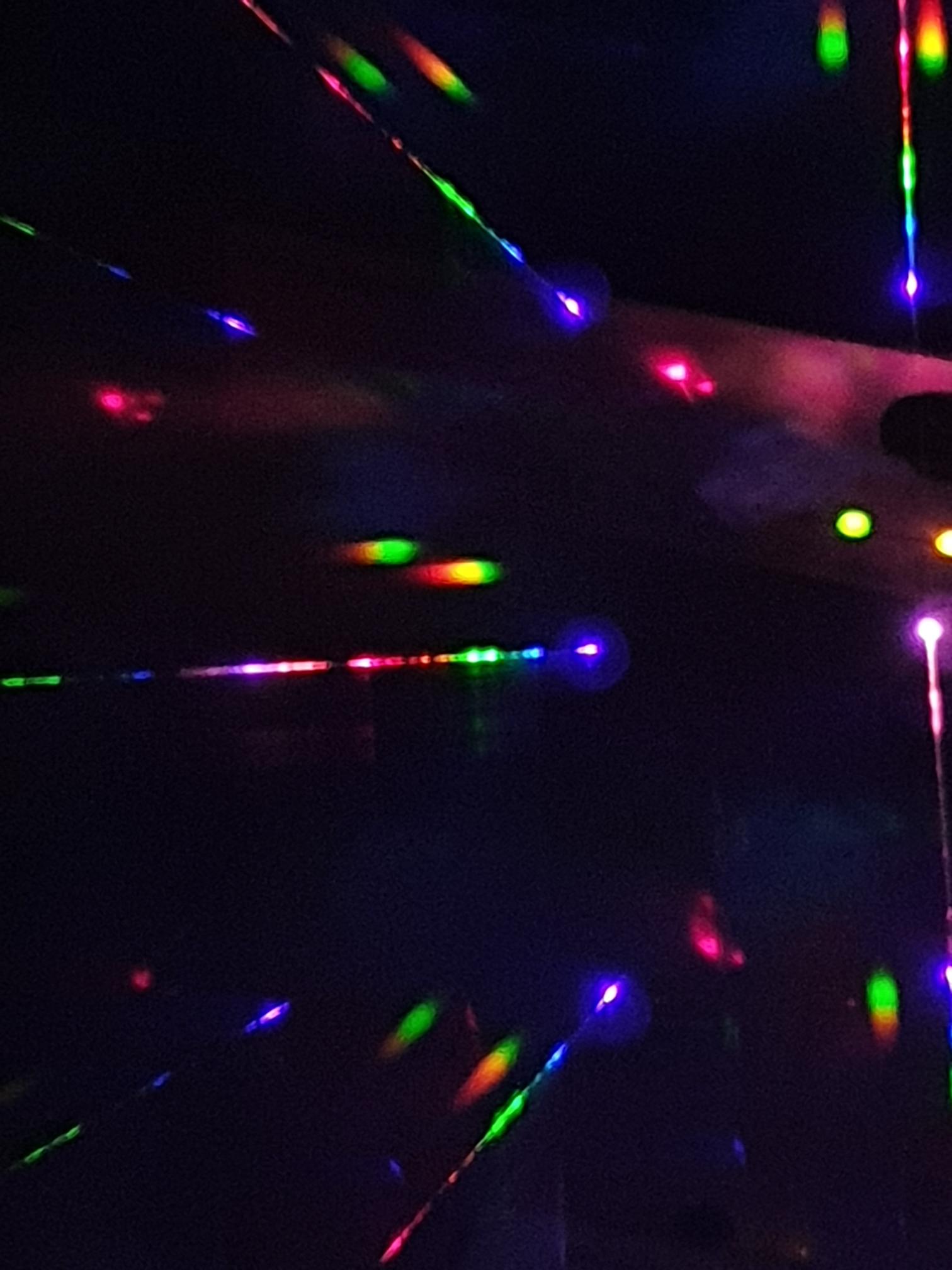

Team: Christopher Burgess, Jack Petty, Pavlos Manousiadis, Friedrich Koenig

The Quantum Simulator for Fundamental Physics (qSimFP) consortium, including 15 investigators from 7 UK Research Organisations and 5 International Partners was formed in 2018-2020. Funding through the Quantum Technology for Fundamental Physics initiative started in November 2020 with the project duration of 3 years and 5 months. Our programme unites the quantum-technology and fundamental-physics communities, with leading scientists from both camps now working together and focusing on common goals.
We are interested in the dynamics of the early universe and black holes, which are fundamental reflections of the interplay between general relativity and quantum fields. The essential physical processes occur when gravitational interactions are strong and quantum effects are important. These situations are difficult to observe and impossible to experiment with, while the existing theoretical approaches are based on approximations that are in need of experimental verification. Our goal is to exploit the recent advances in quantum technologies, often motivated by fundamental physics questions, to make lab-based tests of the theories through analogue quantum simulation.
The initial funding will be used to set up a versatile early universe simulator (Cambridge) and two types of versatile quantum black hole simulators (Nottingham, RHUL and St. Andrews). The experimental facilities will be supported by the qSimFP Fundamental Physics consortium at KCL, Nottingham, RHUL and Newcastle.
We will deliver first scientific results within the scope of that grant. Looking beyond this 3.5-year horizon, we will establish both a new cross-disciplinary community and internationally-leading experimental facilities that will allow us to drive this new field forward for many years to come.
Team: Jack Perry, Friedrich Koenig

Since the invention of the Photonic Crystal Fibre [1], the field of nonlinear optics has been brought to life and colour with easily accessible frequency conversion mechanisms, expanding the usefulness of commonly available near-infrared femtosecond lasers.
In these highly nonlinear optical fibres, incoming light is confined to propagate inside a core of little more than 1 micron in diameter. When combined with ultrashort femtosecond pulses of light, such as those from a Ti:Sapphire laser, enormously intense pulses of peak power >100kW can be generated inside the fibre using only milliwatts of average input power. This brings to the fore a variety of nonlinear frequency conversion mechanisms and gives incredible control over the spectral and temporal properties of the generated light.
Of particular interest to us, in St Andrews, is the mechanism of Resonant Radiation [2, 3] in which infra-red pulses in the anomalous dispersion regime of the fibre undergo strong temporal self-compression and spectral broadening, known as a pulse compression. If this compression results in the pulse spectrally expanding into the normal dispersion regime, located at visible wavelengths, then the pulse can couple to resonant dispersive modes that live there. This allows for potentially very efficient wavelength conversion to femtosecond pulses in the visible spectral range. By careful choice of the properties of the fibre, the location of these resonant modes can be chosen and efficient conversion to any visible wavelength can be achieved. This results in a customisable ultrafast light source, desirable for all manner of scientific and industrial applications from biophotonics to astro-comb generation.
Current research on this topic focuses on maximising the efficiency of conversions of this type, and furthering our understanding of the mechanism behind it at a quantum level.
References:
[1] Russell P. (2003). "Photonic crystal fibers", Science, 358-362, 299(5605).
[2] Wai P. K. A., Menyuk C. R. et al. (1986). "Nonlinear pulse propagation in the neighborhood of the zero-dispersion wavelength of monomode optical fibers.", Optics Letters, 464, 11(7).
[3] Akhmediev, N., Karlsson, M. (1995). "Cherenkov radiation emitted by solitons in optical fibers."", Physical Review A, 51(3), 2602–260.
Team: Jack Perry, Friedrich Koenig

The mystery of Hawking Radiation has captivated the imagination of scientists since it was proposed in 1974, spawning discussions of paradoxical information loss and evaporation of Black Holes [1]. It is a prediction at the heart of the crossover between General Relativity and Quantum Optics and therefore an important stepping stone towards any theory of Quantum Gravity.
However, the natural source of Hawking radiation, the event horizon of a black hole, is perhaps the most inaccessible location in the Universe, posing deep problems for experimentalists’ investigations. With the birth of the field of Analogue Gravity, Unruh proposed that it would instead be possible to study laboratory systems governed by mathematically identical equations to those from General Relativity [2].
A fibre-optical analogue gravity system was proposed in St Andrews in 2008 [3]. In this system the nonlinear Kerr effect creates optical event horizons for certain frequencies of light, with photons as the Hawking particle, analogue to an astrophysical event horizon. This is done by generating a time-dependent refractive index modulation that propagates along a Photonic Crystal Fibre. This is a promising idea for an analogue system - experimental quantum optics is well prepared for such a study, with extreme measurement sensitivity and precise control as standard.
Studying this 1+1 dimensional dispersive analogue gives insights into the robustness of the mechanism responsible for Hawking radiation and contributes to the efforts of the global analogue gravity research community. Amassing evidence of Hawking radiation appearing in a variety of analogue systems strengthens our understanding of what might happen at an astrophysical event horizon.
Current research on this topic includes generating and characterising the properties of fibre-optic analogue Hawking radiation in order to further our understanding of the mechanisms in play at the event horizon of an astrophysical Black Hole.
References:
[1] Hawking, S. (1974). ‘Black Hole Explosions?’ Nature 30-31, 248(5443).
[2] Unruh, W. (1981). ‘Experimental Black Hole Evaporation?’ Physical Review Letters, 1351-1353, 46(21).
[3] Philbin, T. G., Kuklewicz, C., Robertson, S., Hill, S., König, F., Leonhardt, U. (2007). ‘Fiber-optical analogue of the event horizon.’ Science, 319(5868), 1367-1370.



